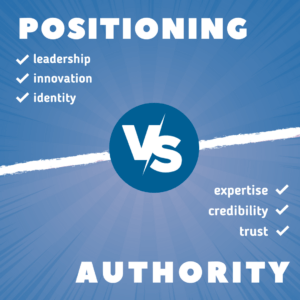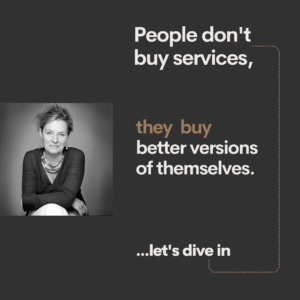A key to unlocking the door of persuasion and influence is comprehending the intricate interplay of ego, blame, and acceptance in the human psyche. Individuals often find it burdensome to admit personal failings, particularly in situations where no one else can share in the blame. The threat to their self-image can make it almost impossible for them to consider alternative perspectives. However, when an external entity or factor is introduced to carry the blame, people tend to be more open to changing their viewpoint.
This psychological principle offers valuable insights into the art of persuasion. Framing arguments to shift focus away from personal fault and towards outside circumstances can effectively enhance receptivity and facilitate agreement.
The reason for this phenomenon lies in our natural instinct to maintain a positive self-perception. Conceding failure, especially when there’s no obvious scapegoat, can seriously dent one’s self-esteem. It’s psychologically less daunting for individuals to acknowledge errors if they can assign some of the responsibility to external causes. In doing so, they can reconcile the need for change while protecting their sense of self-worth.
Consider, for instance, the challenge of convincing a manager that their operational approach isn’t yielding results. If you place the blame squarely on their shoulders, you’re likely to encounter resistance. But if you attribute the failure to shifting market dynamics or unforeseen competitor strategies, the manager might be more open to your perspective. Shifting the blame to an external force provides a safety net for their ego, making it easier for them to accept the need for change.
However, it’s essential to apply this understanding with integrity and responsibility. Misusing it to manipulate agreement through dishonest blame games can erode trust and breed resentment. Instead, aim to present a balanced perspective that recognizes the role of multiple contributing factors. This approach creates an environment conducive to open discussion and agreement, without laying the entire burden of failure on one person’s shoulders.
In summary, understanding the nuanced relationship between blame dynamics and agreement can be a powerful tool in persuasion. However, it’s crucial to wield this tool ethically, using it to foster mutual understanding and collaboration rather than to manipulate or deceive. By doing so, you can build stronger, more honest relationships while effectively achieving consensus and driving change.







